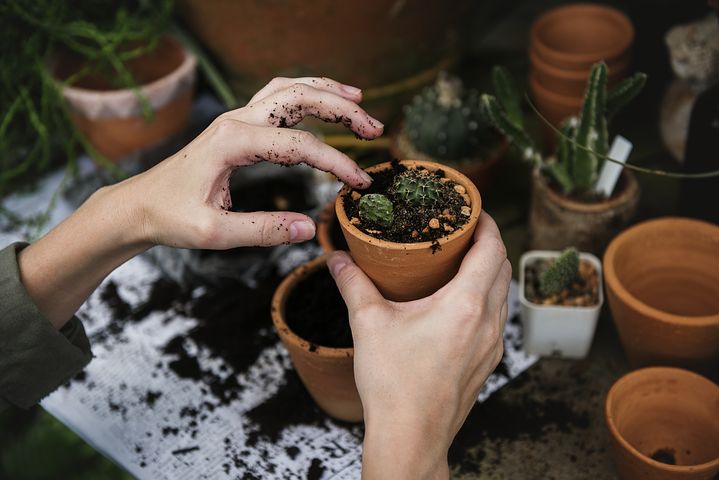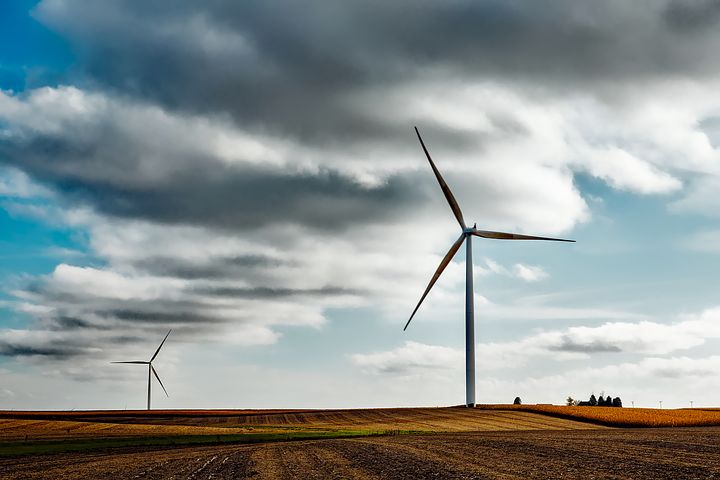Are you just beginning to develop your green thumb? Everyone has to start somewhere, and gardening is no different. Gardening is a pastime that can really bear fruit, so to speak. It is a form of nurturing that yields great results, and there’s no limit to how much love and attention you can put into your budding garden. If you’re new to the trade, you might want to start off with a few of the following veggies.
1. Tomatoes
Tomatoes are the most popular vegetables grown in the United States, and for good reason. They’re versatile, durable, and delicious. You can grow them in a pot, in soil, in a hanging basket, or practically anywhere with plentiful sunlight and stalk support. You’ll need a cage or stake to keep your tomato plant upright.
2. Scallions
Scallions are one of the lowest maintenance plants you’ll ever find. They’re perfect for green seekers who don’t have enough room for an outdoor garden, like someone who lives in a modern apartment community that has designated outdoor space. Simply place the white bottoms of your used scallions into a cup of water, and place them somewhere they’ll get sunlight. You’ll have new delicious green scallions that you can eat in less than a week.
3. Radishes
If you’re looking for instant gratification on your first grow, look no further than radishes. They germinate and grow incredibly quickly, and you can harvest them in roughly 30 days. Just make sure to provide them plenty of water and they will flourish. You can also grow these in your apartment home in a one-gallon pot.
4. Peppers
Whether you’re looking to grow a few spicy yellow banana peppers, or you want a mild green variety, you should have no problems bringing this vegetable to harvest. Very few pests bother pepper plants, and they require very little care aside from watering. For the best chance of survival, start your peppers indoors a few weeks before you plan on planting them outside.
5. Basil
If you’re looking to complement your tomato plants, basil is a great choice. They help keep pests away and they taste great in conjunction with any tomato dish. They can be transported or grown from seed.
6. Summer Squash
If someone is handing out vegetables around harvest time, it’s probably a summer squash. They’re so easy to grow that they often grow plentiful and massive. You’ll need to keep an eye on this plant, as ripe fruit can appear virtually out of nowhere.





Leave a Comment